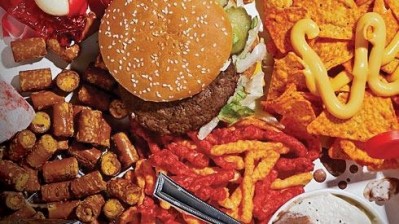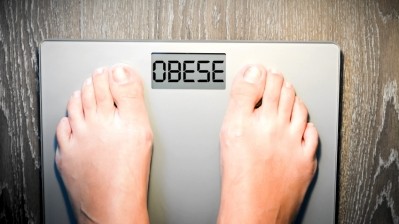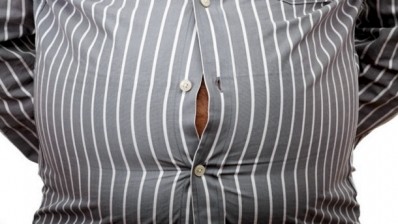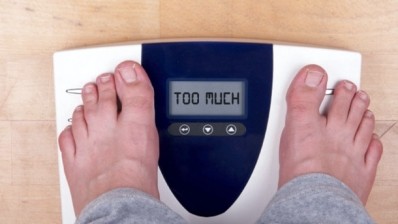This week Down Under
Dropping one treat a day could halve Australia’s child obesity rate
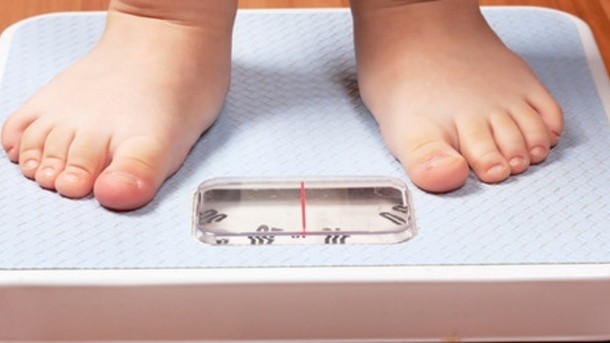
A Canberra University team found that simply cutting out one small chocolate bar per day or taking 15 minutes of physical activity would halve obesity rates at a time when one in four Australian children is either overweight or obese.
Published in the Australian and New Zealand Journal of Public Health, their study was conducted in partnership with marathon runner Robert de Castella's charity, SmartStart for Kids.
Tom Cochrane, who led the research, said the lifestyle changes needed were surprisingly small.
"We asked what it would take to reverse the increase seen in the prevalence of overweight in Australian school children over recent decades," Professor Cochrane said.
"We were surprised by the answer: just a small daily dietary restriction equivalent to just one treat-size (15 gram) bar of chocolate and about 15 minutes extra of moderate physical activity per day."
"By our estimates, those relatively small changes could cut the current 25 per cent prevalence of childhood overweight and obesity to nine per cent in around 15-18 months.”
The findings are based on a sample of more than 31,000 Australian schoolchildren from southern and eastern Australia collected since 2000 by De Castella's health promotion charity.
The runner said Australia, and many other societies globally, face a significant challenge in tackling child obesity, with many causes linked to the current rates.
"Each day kids are exposed to a series of factors which affect their weight, such as the availability and exposure to food and drink; loss of opportunities for play; and the uptake of television and other media which encourage sedentary lifestyles," he said.
"However, this research demonstrates that child obesity can be addressed and throws down a challenge for Australia to do better for its children and their future health and wellbeing."
More stories from Down Under...
Cost cutting drives General Mills to shut East Tamaki manufacturing plant
General Mills will close its East Tamaki plant by the end of the year as part of an international restructuring process in the face of poor sales.
The facility manufactures fresh pasta, sauces and refrigerated soup products, and has been operated by General Mills since 2002. The closure will affect 20 employees.
The company had announced a preliminary decision to close the plant last month, saying the decision was subject to consultations.
“That consultation process is complete, and the company will now begin the necessary transition steps to complete the closure of the plant by the end of the calendar year,” General Mills said in a statement.
The closure comes as the maker of Cheerios cereal and Betty Crocker cake mixes strives to boost its profitability amid lacklustre sales.
The company has said it will cut 675-725 jobs in its international business over the next year under a new restructuring plan aimed at cutting costs and boosting growth.
Dan Murphy’s leads Australia’s alcohol retail pack
More Australians shop for liquor at Dan Murphy’s than any other retail chain is a market that is worth A$296m (US$211m) a week, new research has found.
Some 4.8m Aussies buy alcohol each week, spending an average of A$61 per person, according to Roy Morgan Research. Of these, almost a quarter visit a Dan Murphy’s outlet.
BWS is only just behind the liquor megastore chain in terms of customer volume, though its customers spend considerably less on average (A$48) than Dan Murphy’s shoppers (A$67).
Liquorland, 1st Choice and wine clubs such as Cellarmasters and the Wine Society complete the top five liquor retailers with respect to market-share size.
But where a retailer sits in term of market share does not always correspond with the volume of customers shopping with them in any given seven days.
Wine clubs are the most striking example of this. While they account for the fifth-greatest portion of total dollars spent—thanks to their customers’ A$194 weekly spend—they don’t even make the top 10 for customer numbers.
Used by 74,000 Australians each week, these online retailers tend to specialise in bulk sales, such as cases of wine, rather than spontaneous one-off purchases.
The opposite pattern is true of Aldi Liquor, which attracts the fifth-highest number of shoppers (251,000) but only 2.2% of total dollars spent due to their customers’ low average spend (A$26)—largely the result of the low prices of its products.
These latest alcohol findings will come as very good news to Woolworths, which owns both Dan Murphy’s and BWS, says Roy Morgan’s Andrew Price.
“With its enormous, well-stocked stores, low-price policy and strong online presence, Dan Murphy’s also happens to be the current Liquor Store of the Month in the Roy Morgan Customer Satisfaction Awards,” he said.
Woolworths also has a finger in the wine club pie with Cellarmasters, one of the country’s top online wine stores.
“BWS serves a different purpose, being geared more towards convenience with its stores located adjacent to Woolworths supermarkets,” Price added.
“With its three very different liquor retail offerings, Woolworths seems well positioned to thrive in this competitive market even as the proportion of Australians drinking and buying alcohol continues to decline.”


